Russian pellet market tends to high concentration and monopolization. Today, number of buyers exceed number of exporters more than three times, but it wasn't so two years ago. The main volume of pellets is exported to Denmark and Sweden (aprox.79%). Almost all the pellets were exported from the north-western region of Russia, with the key ports - St. Petersburg, Vyborg and Ust-Luga.
The top wood pellets buyers were SM Biomass A/S, Dong Enegry Power A/S, Van Leer Energy B.V., AB Fortum Värme samägt med Stockholms stad, RWE Supply&Trading, Ekman&Co AB, Stora Enso Timber AB, Vattenfall AB Heat Nordic, S.Syr Pedersen A/S and others. Furthermore, Russia starts to export wood pellets from Far East ports to South Korea. While this volume is small – 10 000 tones for the half a year, but it is very telling. Large pellet producers, such as JSC "DOK" Enisei" and JSC "NOVOENISEYSKY LHK" located in Krasnoyarsk region, have possibilities to start export of wood pellets on the Asian market that is a great logistic alternative of European market for them.
Small wood pellet producers, unable to accumulate ship consignment in the port, actively export pellets by truck, packed in small bags for private use. This allows them to survive in a competitive environment and chance to get a better price for their produce.
The Russian market is changing. Small companies go away and large timber corporations become big pellet producers. “The largest producers and exporters of pellets are subdivisions of timber industrial companies with horizontal or vertical integration. First of all, it is the companies with logging units or large wood processing enterprises, and they are provided with raw materials and have significant financial resource. The companies pushed out of the market had no strong ties with the forest industry, and were focused on the purchasing of raw materials from independent loggers or wood-working productions; it didn't allow them to compete with the timber holdings”, - tells Olga Rakitova, CEO of the National Bioenergy Union of Russia.
Alexander Makhonko, CEO of the terminal Factor in Port Ust’-Luga said that “there is crisis in loading business in Europe and Russia. We were thinking about constructing of special terminal where Russian pellet producers could reload their pellets in bulk by special cranes and transporters. But there is not enough pellet turnovers for constructing such terminal for Russian pellet industry today. Vyborg plant is the biggest producer but it has its own terminal and uses Vyborg port for export needs. Ust’ Luga is far away for this plant”.
At the same time the Russian pellet production is growing and Russia becomes one of the biggest pellet producers in Europe. Russian entrepreneurs try to gain the Asian market by start working with South Korea.






.jpg)
.jpg)
(1).jpg)
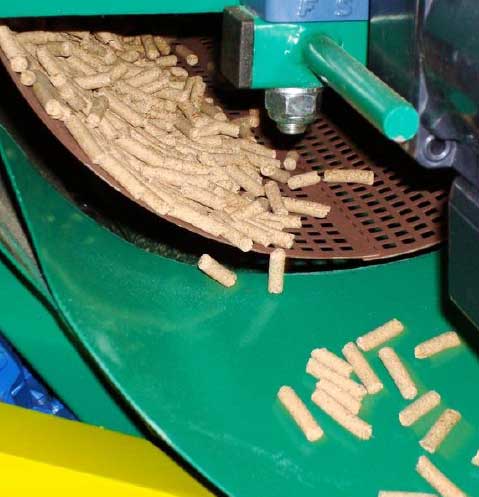

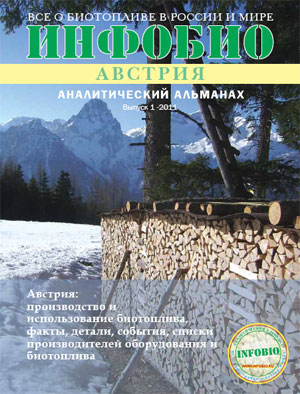


.jpg)

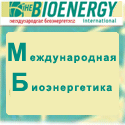

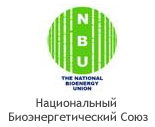
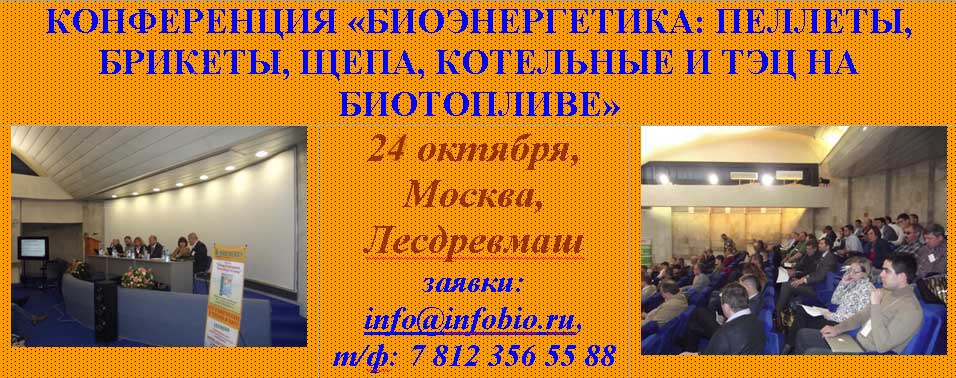
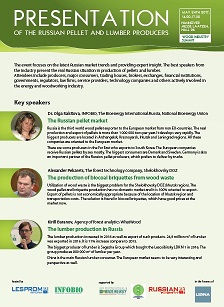

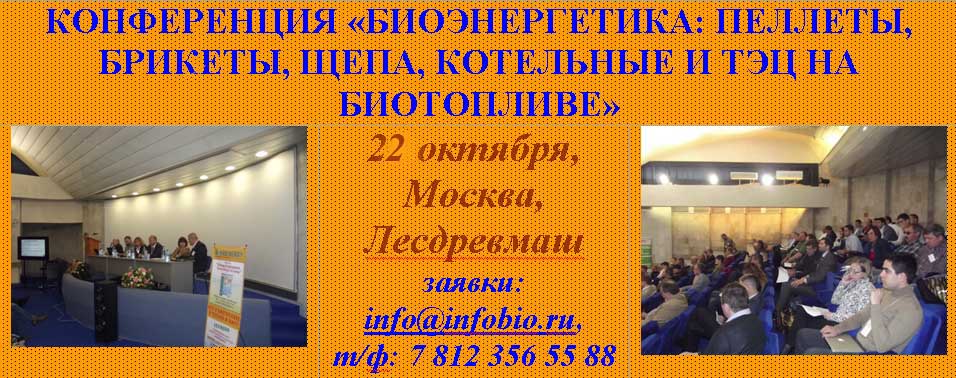
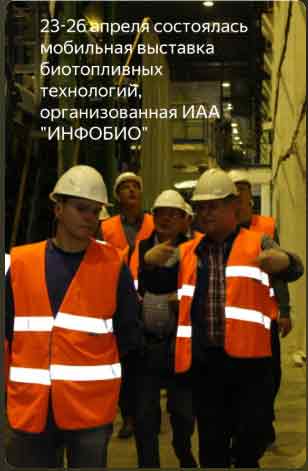
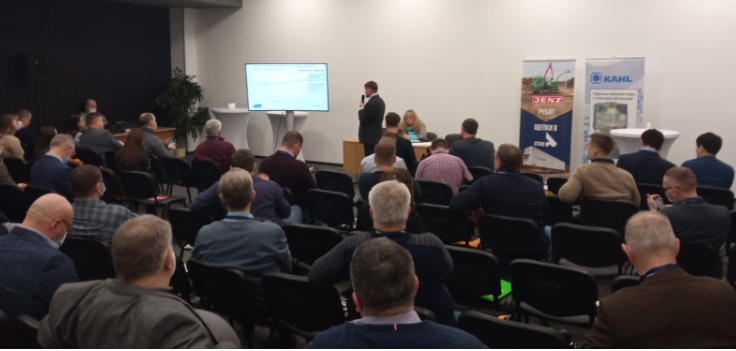
.jpg)
